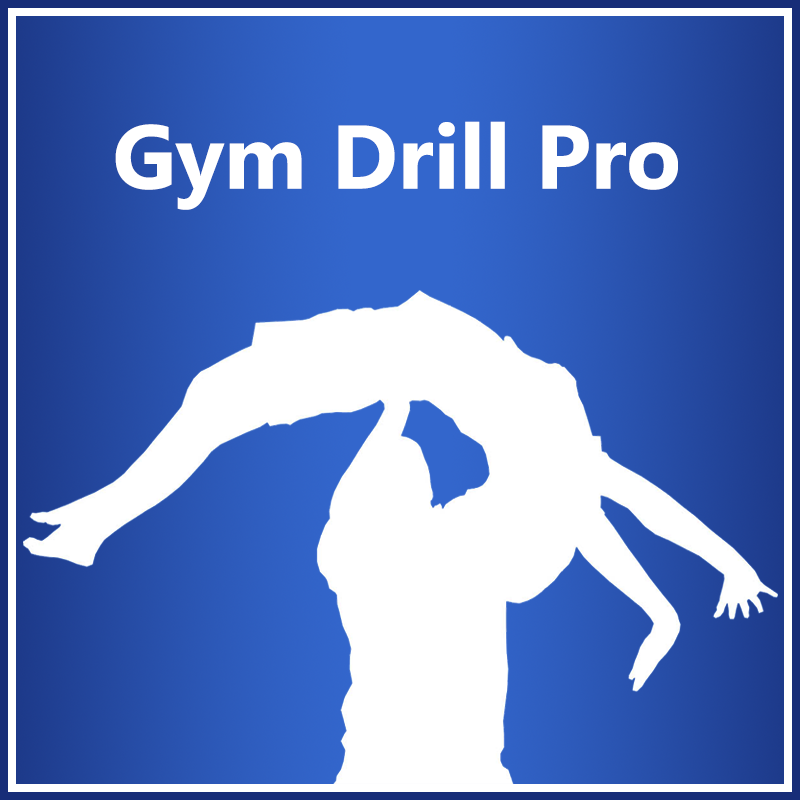

Conditioning is a type of physical exercise specializing in the use of resistance to induce muscular contraction which builds the strength, anaerobic endurance, and size of skeletal muscles.
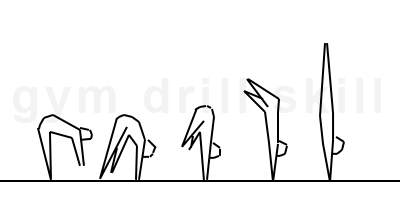
For gymnasts to lift and hold themselves with poise, they must rely on the strength of various muscle groups. Conditioning develops these muscles so they can provide the resistance necessary to complete key movements. For example, abdominal strenght skills build core muscles gymnasts rely on to hold their legs while performing on pommel horses and uneven bars.
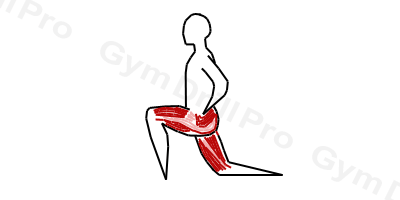
The thigh muscles are heavily involved in gymnastics. The quadriceps might be the most important muscles in bouncing the spring on vault, tumbling, and they're critical for running, landing, and decelerating as well. The hamstrings might be the most important muscles in sprint running on the runaway vault line. In weight training, the quadriceps contribute considerably to the squat exercise and the hamstrings contribute considerably to the deadlift exercise. Because the hamstrings cross both the knee and hip joints, they play critical roles in transferring power from the knee joint to the hip joint during explosive movements, such as acrobatic passes on floor exercises and beam.
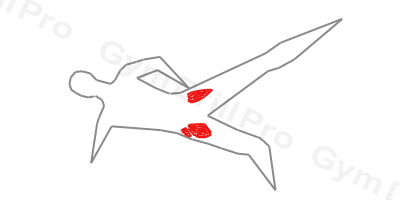
The glutes play a major role in most gymnastics moves. As an athlete matures from beginner to advanced to elite status, they learn to derive increasing amounts of propulsive power from the hips. Propulsive power is considerably influenced by the strength of the glutes because this muscle is heavily involved in nearly all primary gymnastics motions including running, pushing, jumping, kicking back, piking and arching, keeping the shape, rotating, and landing.
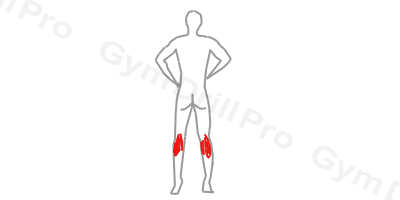
The calf muscles are highly activated when running, jumping, sprinting, and cutting from side to side. The soleus has been shown to be more important for vertical jumping than the gastrocnemius. The gastrocnemius has been shown to be highly activated during the propulsive phase of ground contact in sprinting. Therefore, you should strengthen both muscles. For sport purposes, it is important to not only possess strength in the lower leg musculature, but also power and stability. Plyometric activities, which repeatedly and rapidly contract and stretch the muscles, will help increase these qualities.

To possess an impressive back you need to strengthen all of the muscles that comprise the region. The trapezius muscle is an important shoulder mover and stabilizer. It contains upper, middle, and lower components. The upper trap fibers are involved in scapular (shoulder blade) elevation and scapular upward rotation and are even involved in neck extension, lateral neck flexion, and neck rotation. The middle trap fibers produce scapular adduction as well as slight scapular elevation and scapular upward rotation. The lower trap fibers are scapular depressors and scapular upward rotators. When the upper and lower trap fibers contract together, they assist the middle fibers in scapular adduction. The rhomboids work in concert with the traps to adduct the scapula, which explains why both muscles are collectively referred to as scapula retractors: They pull the shoulder blades together. The rhomboids are also downward rotators of the scapula. The spinal erectors have many responsibilities. Along with the multifidus, they extend the spine, help prevent the spine from flexing (rounding) during the swing and giants, and along with muscles such as the quadratus lumborum they laterally flex and rotate the spine.
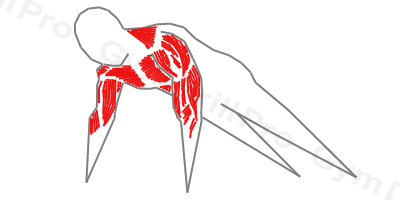
The arms are worked heavily during upper-body exercises that involve the movement of two or more joints at a time. All types of pull-up motions will sufficiently work the elbow flexors, and all types of push-up and dipping motions will sufficiently work the elbow extensors. For this reason, every time you train your chest, shoulders, and back you'll necessarily be working your arms.
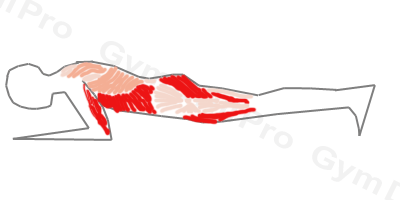
The core skills improve the ability to produce motion through concentric power, resist motion through isometric power, and absorb or decelerate motion through eccentric power. Each of these qualities is important in gymnastics. Not only does the chapter contain a balance of dynamic and static, or isometric, exercises, it also varies exercises in terms of planes and directions of movement. For example, planks skills are well suited for transferring to lateral movement, for transferring to forward and backward movement, for transferring to rotary movement. The chapter allows developing power, strength, and strength endurance in addition to well-developed abs. The athlete should execute correctly the exercise technique for the different areas of the core. The hips and thoracic spine (upper back) should be mobile and move efficiently; however, the spinal motion should be limited in the lumbar region. For example, when performing crunches and side crunches, the upper back should move the most while the lower back, or lumbar spine, moves the least. It is also essential to maintain good posture during core stability.
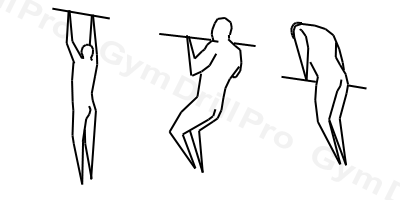
During whole-body exercises, the upper body, core, and lower body all work statically or dynamically throughout the set. For example, during the muscle up on rings, triceps, and biceps muscles contract dynamically to alternate between push-ups and the dips, while lower body muscles isometrically keep the body straight. Whole-body exercises are a valuable tool that can help take your body composition to the next level. As you gain physical fitness, your workouts will become increasingly more productive, allowing you to expend a greater amount of energy during training.
Integral part of gymnastics coaching process are skill drills. They help gymnasts to learn easier and technically correct. With GYM DRILL PRO you will find variety of ideas for the most the basic gymnastics skills. There are plenty of images with skill drill progressions. It is intended to support explicitly the qualified coaches in their daily coaching business. DO NOT practice without the guidance of proper professionals.